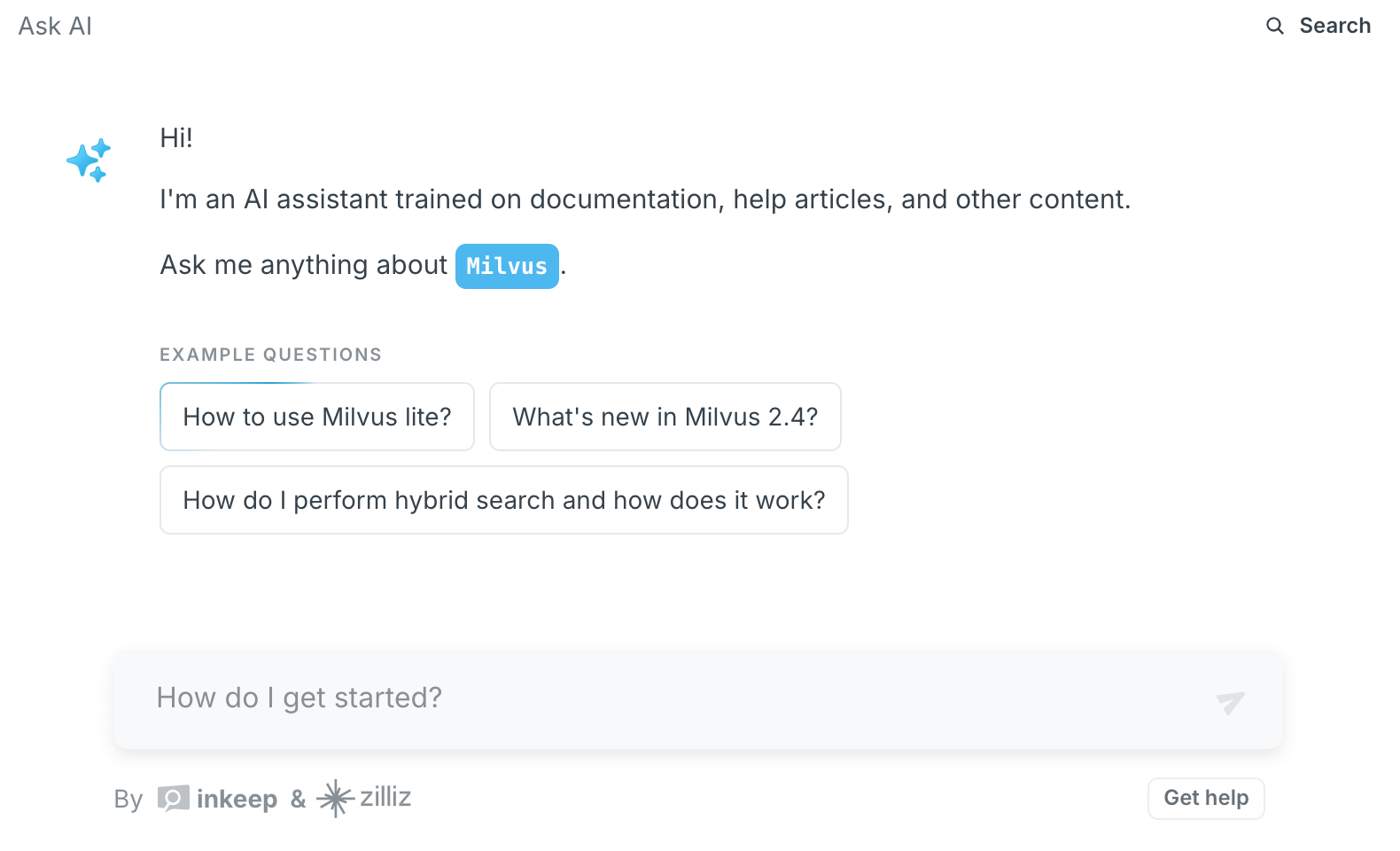The ReAct (Reason+Act) framework is a method for building systems that combine logical reasoning with actionable steps, particularly in multi-step retrieval tasks. In the context of retrieval-augmented generation (RAG), ReAct enables an agent-like system to break down complex queries into smaller steps, retrieve relevant information incrementally, and use intermediate results to guide subsequent actions. For example, if a user asks, “How do I diagnose and fix a server outage?” a ReAct-based agent might first reason that it needs to check error logs, then retrieve documentation about common server errors, and finally cross-reference solutions based on the retrieved data. Unlike basic RAG, which might retrieve a single set of documents and generate an answer in one pass, ReAct iterates between reasoning (e.g., planning next steps) and acting (e.g., querying a database or API) until it reaches a conclusion.
To determine if a ReAct-driven RAG system is performing valid reasoning steps, developers should analyze the system’s intermediate outputs and decision logic. For instance, if the agent is answering a medical question like “What causes fever and joint pain, and how is it treated?” the expected steps might include retrieving symptoms, possible conditions (e.g., rheumatoid arthritis), and then treatments. Developers can instrument the system to log its internal state—such as the sub-questions it generates, the sources it queries, and how it combines results. Metrics like retrieval precision (e.g., whether fetched documents directly relate to the current sub-task) and coherence of the reasoning chain (e.g., logical flow between steps) can be evaluated. Automated tests with predefined multi-step queries and expected intermediate outputs (e.g., “Step 1: Retrieve common causes of fever and joint pain”) help validate the process. Human reviewers can also manually inspect traces to identify gaps, like skipping a critical retrieval step or misprioritizing information.
Practical tools and examples further aid in validation. For instance, a developer might use a debugging mode to visualize the agent’s thought process, such as seeing that it first searches for “server error codes,” then uses those codes to look up mitigation strategies. Frameworks like LangChain or custom logging can capture these steps. In a troubleshooting scenario, if the agent retrieves network latency metrics before checking server logs, but the logs are the root cause, this misstep indicates flawed reasoning. Unit tests that simulate partial failures (e.g., incomplete retrieval results) can also stress-test the system’s ability to adapt. By combining structured evaluation metrics, transparent logging, and scenario-based testing, developers can systematically verify whether the agent’s reasoning aligns with the problem’s requirements.
